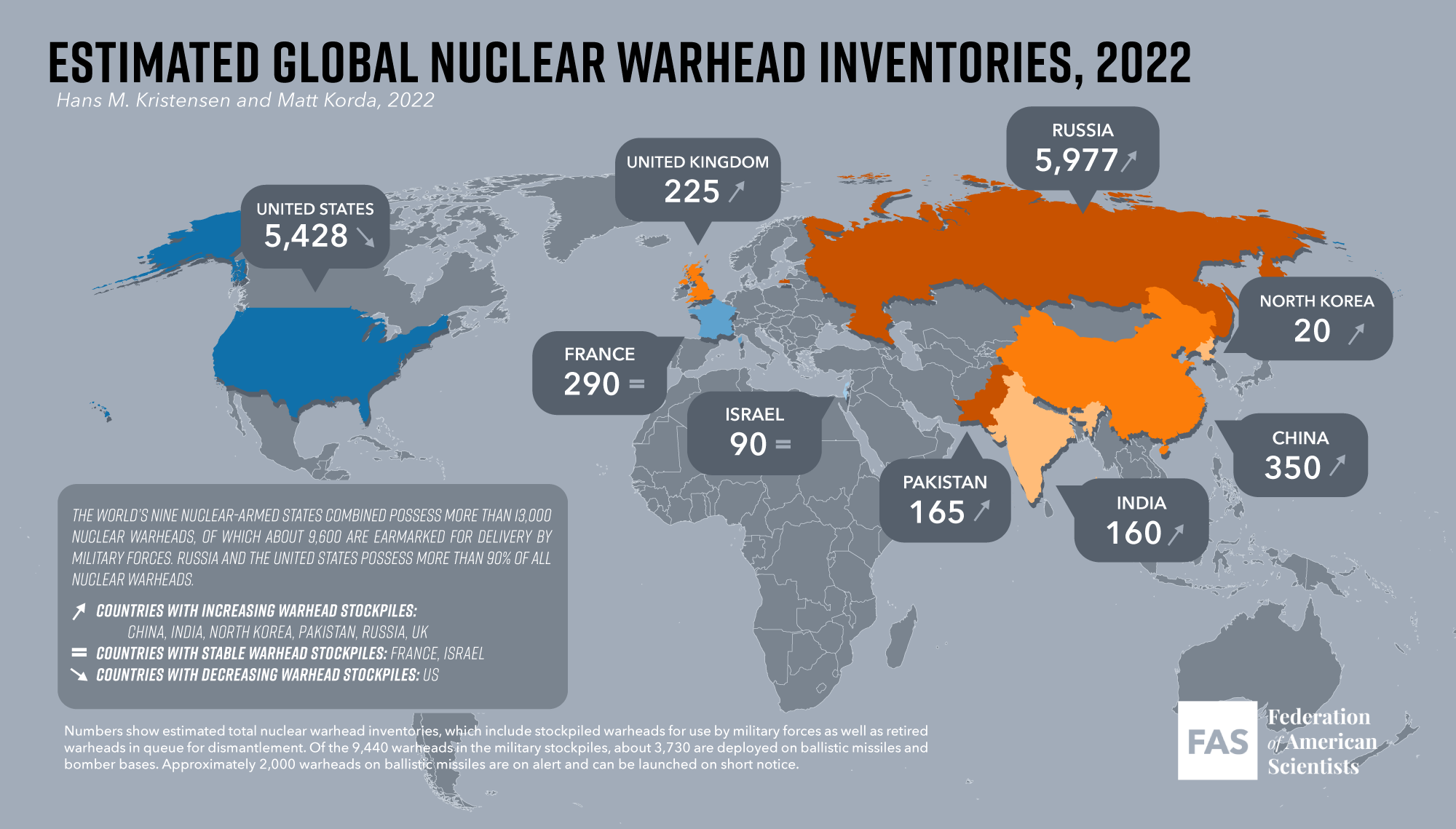UK Faces Lack of Defense Budget for New Projects
4 December, 2023 Challenger 2 tank. Photo credits: British Army The Ministry of Defense of the United Kingdom is facing a large budget deficit concerning financing of new projects and equipment purchase.
The Financial Times reported on this. The report on the problems with the "black hole" in the budget was presented during a meeting of the British Parliament. The budget had to ensure both the development and support of nuclear deterrence forces and the generally accepted program for the renewal of the land forces and the fleetwas.
Due to the rapid growth of expenditures, the budget deficit in the 10-year forecast is more than GBP16.9 billion. As noted, under the worst-case scenarios, the deficit could increase to GBP29.8 billion.
 Dreadnought Class submarines. Photo credits: BAE Systems
Dreadnought Class submarines. Photo credits: BAE Systems
As of the end of March 2023, the potential costs amounted to GBP305 billion, which is more than the allocated budget of GBP288 billion.
The Supervision Committee noted that the increase in spending was primarily due to the increase in nuclear capability and the implementation of new Royal Navy projects to build Type 26 and Type 31 frigates, as well as the development of the Dreadnought-class ballistic missile submarine and the SNN-AUKUS nuclear-powered fleet submarine. Due to the increase in the total number of programs and the country's nuclear capabilities, spending increased by GBP54.6 billion. In addition to new ships' construction, the United Kingdom is expanding the number of specialists and capacities for the production of nuclear propulsion systems and warheads.
The current number of Holbrook nuclear warheads, which are installed on Trident 2 D5 submarine-launched intercontinental-range ballistic missiles, will be increased from 225 to 260 units. This will provide the nuclear deterrent with greater capabilities to patrol the world's oceans. The report also notes that due to rapid inflation in the United Kingdom, this contributes to an increase in the cost of equipment procurement plans, while the Ministry of Defense did not receive additional funding to cover it, forcing various services to manage the effects of inflation within their own budgets.
 Number of nuclear warheads in the world.
Number of nuclear warheads in the world.
Photo credits: FAS
Back in August 2023, the Ministry of Defense announced that due to high inflation, spending on new projects had been increased by GBP10.9 billion.
"This report is the most dire I've seen on the plan to equip the armed forces, and it looks like the government has lost control of this spending," said Professor Malcolm Chalmers, Deputy Director General of the Royal United Services Institute.
Some projects were not included in the total costs due to their unclear nature, such as the extension of the service life of Warrior infantry fighting vehicles and the modernization of Challenger 2 tanks. Other projects, although included, have not been funded and are currently in limbo. In addition, the document did not include new projects that the Ministry of Defense decided to launch this year, such as the creation of a new support warehouse, which is estimated to cost GBP86 million.
On the other hand, the construction of new Type 32 frigates, which are supposed to increase the total number of the Royal Navy, is still unresolved due to the unstable situation in the world. The Ministry of Defense notes that the government will increase the defense budget to GBP288.6 billion over the next decade and remains committed to increasing defense spending to 2.5 percent of GDP by 2035. As Militarnyi previously reported, the Parliament of the United Kingdom has reviewed current plans to purchase various types of aircraft for the Royal Air Force.
The report focused on the insufficient number of combat and support aircraft for their effective use in the country's defense and support of international operations of the Alliance.